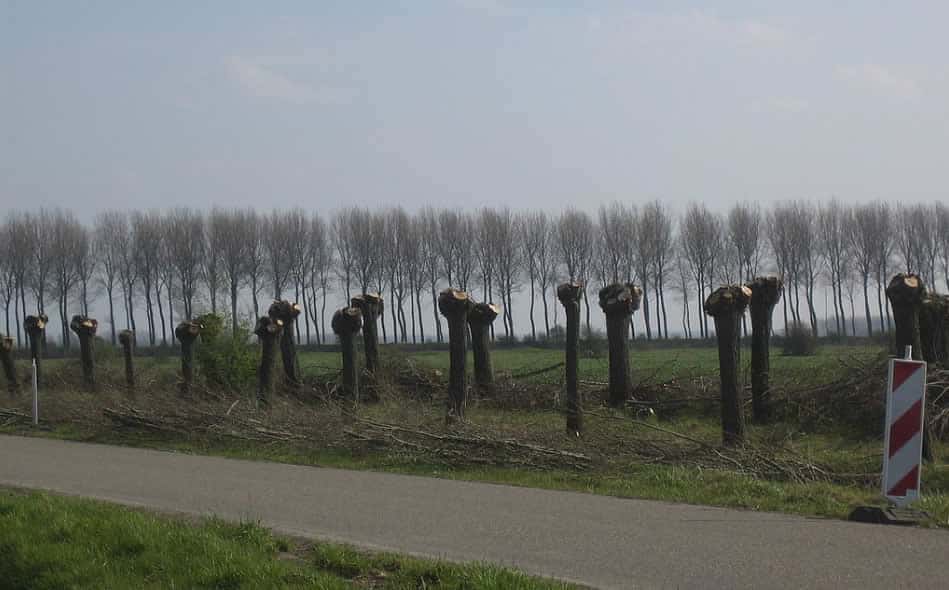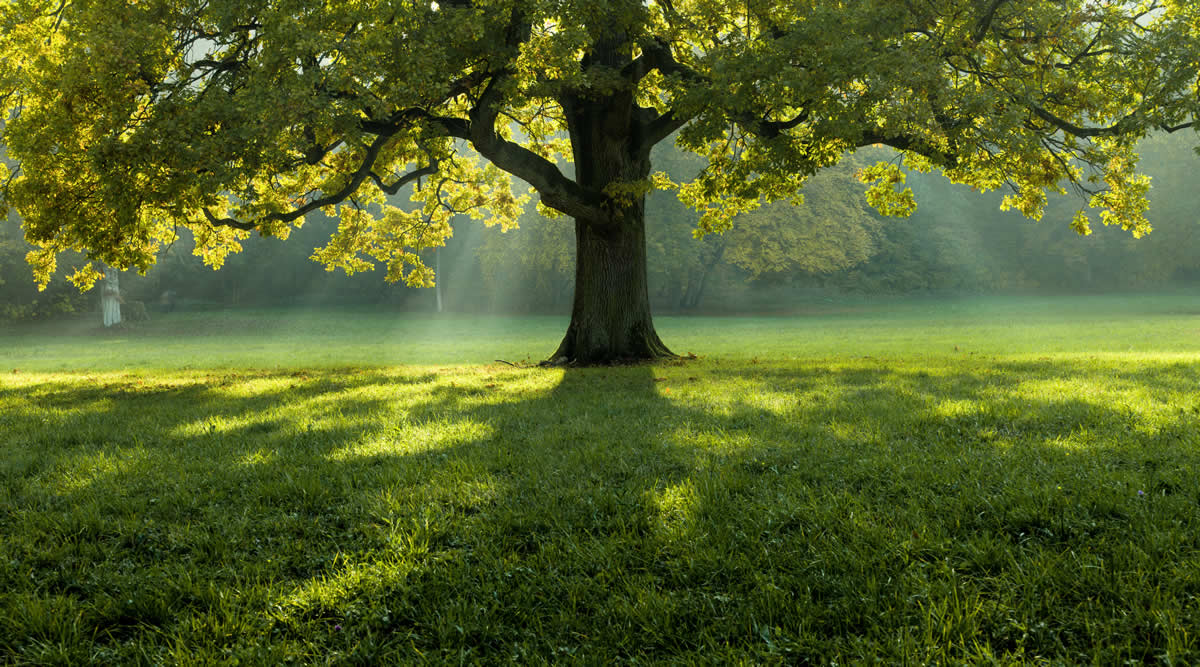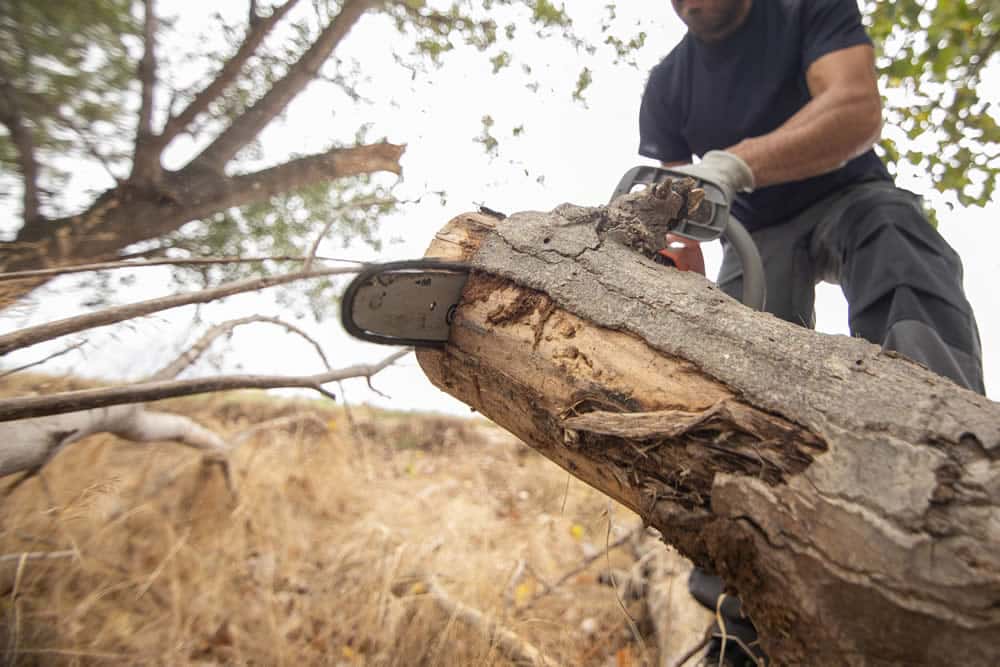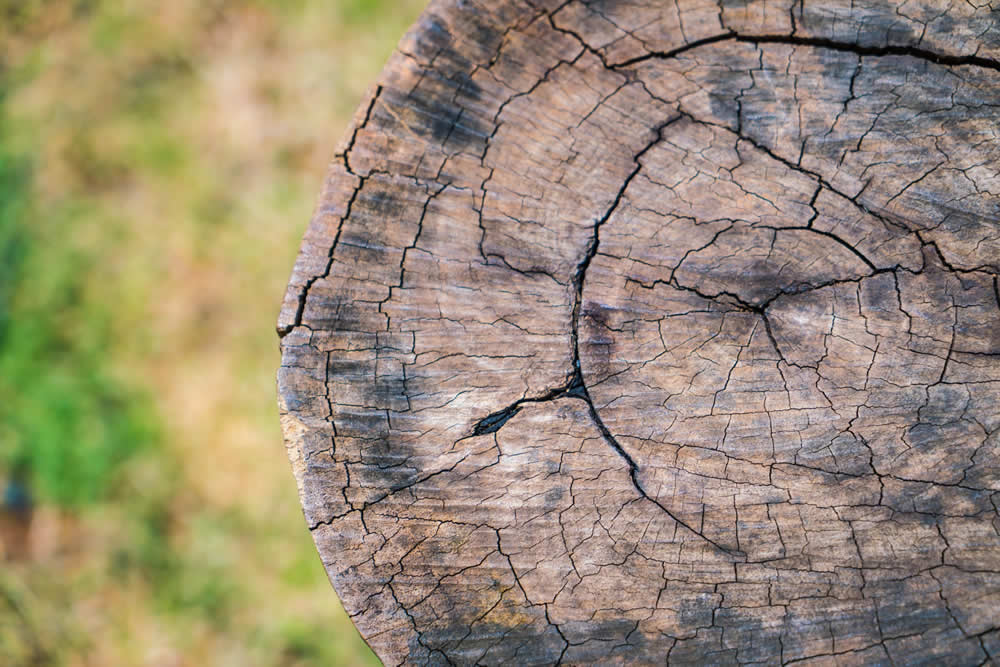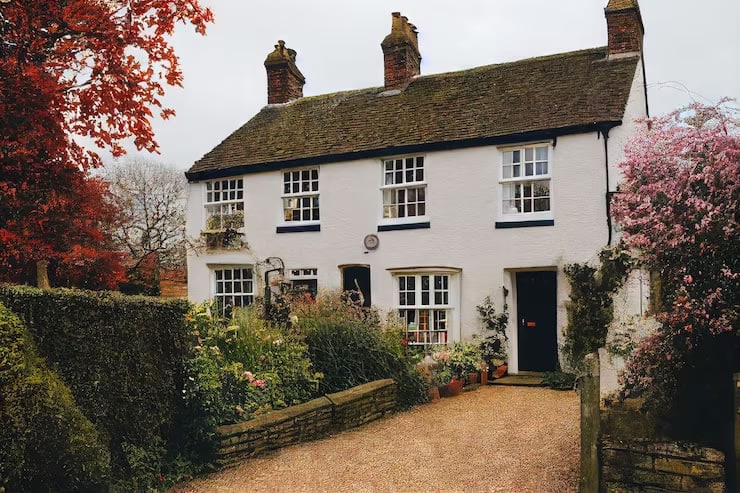Tree pollarding is the practice of cutting back the upper branches of a tree to encourage new growth from lower down in the trunk. This can be a way to keep trees healthy or increase their lifespan, though it does mean losing the upper branches, often the most attractive part of any given tree.
Pollarding is done by cutting back branches at an angle that encourages new growth at their base rather than removing them entirely, as with coppicing (which produces more wood). The goal is to keep trees more diminutive than they would grow naturally and produce more timber per unit area over time.
Tree pollarding dates back at least four thousand years ago in Europe, where it was first used to manage oak forests for timber production and later became popular with farmers due to its ability to provide fodder for livestock during winter months.
Why Pollard Trees?
The main reason people pollard trees is to keep them small and maintain or improve the shape of their canopy. Pollarding also increases the overall lifespan of a tree because it prevents overgrowth and keeps it healthy by providing regular pruning.
Trees can be pollarded at any point in their growth cycle, but most commonly when they are between 10 and 20 years old. Some species — such as acacia — can be pollarded multiple times throughout their lives as needed for maintenance.
What does tree pollarding involve?
Tree pollarding involves cutting back the trunk of a tree to create a straight trunk that can be used as a support post or fence pole. The cut-back area will then regrow into new branches and leaves, although they tend not to grow as long as those on unpruned trees.
The technique was first recorded in Greece 2,000 years ago and was used by Anglo-Saxons in Britain from at least the 5th century AD onwards. It was also common practice among farmers in parts of Europe until recently because it allowed them to use older trees for timber without having to chop them down each time they needed new posts or fences for their farms or fields.
What are the benefits of tree pollarding?
Pruning your trees will help them live longer and remain healthy – especially if fruit trees need regular pollarding. Pruning also helps reduce diseases like fireblight (which causes blackening on branches), mildew (which causes brown patches on leaves) and dieback (when bark becomes loose).
It can be used on fruit and ornamental trees to improve their shape, health and vigour. The process involves trimming the lower branches from spring through autumn every year to encourage new growth at the top of the tree. This gives you an attractive tree and produces more fruit or flowers.
The technique also helps prevent disease by eliminating dead, diseased or damaged wood from your garden. It also encourages strong roots, which improve soil nutrients and water uptake.
Pollarding is one way to keep trees small if you want them close by but don’t have room for large specimens of their species growing in your garden. It can also be used to trim hedges or screens to hide fences or buildings from view without blocking out light entirely, like using shrubs would do.
What is the difference between tree coppicing and tree pollarding?
For the most part, the difference between coppicing and pollarding is that coppicing is cutting trees to the ground and letting them regrow, while pollarding is cutting trees at a height of about 1.5 meters (5 feet).
Coppicing is a form of woodland management in which young stems are cut from woody plants such as shrubs or trees. These stems are then allowed to regrow, often for several years, before being harvested again at the same height. Coppicing has been used for many centuries as a method of harvesting fuel, fodder and construction materials.
Pollarding is a coppicing that involves cutting plants to near ground level so they regrow into short trunks with multiple stems rising from the roots. The resulting tree has multiple heads at its top, with one main trunk and numerous smaller branches growing directly from the roots.
Do pollarded trees grow back?
Yes, pollarded trees do grow back. Pollarding is cutting a tree’s main stem to a certain height to promote regrowth from its roots. The most common form of pollarding is coppicing, which involves cutting at ground level and letting the new growth sprout. These shoots are then cut periodically, creating a new crop each time.
If you want your pollarded tree to grow back quickly after pruning, choose one cut back for many years rather than one that has only recently been pollarded. This means that there will be more foliage at ground level for new growth to develop from.
What are the disadvantages of tree pollarding?
Pollarding trees can be more expensive than other pruning methods because it requires more attention and care. If you do not keep up with it, your tree will begin to look unkempt, and you might need to hire someone to come back and re-pollard the tree again.
The other problem with pollarding trees is that they will eventually become bare at the top. This could take several years or decades, depending on how much damage was done during the initial pollarding process and whether or not there were any new shoots left behind when they were removed.
What kind of trees can be pollarded?
Many different types of trees can be pollarded, including:
- Ash (Fraxinus excelsior)
- Beech (Fagus sylvatica)
- Elm (Ulmus spp)
- Hazel (Corylus Avellana)
- Hawthorn (Crataegus spp)
- Oak (Quercus spp)
- Pine (Pinus spp)
What happens if you cut all the branches off a tree?
The tree will die. Or, rather, its roots will die. The tree is just a bunch of leaves and branches that support the real thing: the root system. If you cut all the branches off a tree, the roots will still be there, but they won’t be able to take in water or nutrients from the soil. The tree’s body will die out because it can’t get what it needs to survive.
This is true for any plant — you can cut off all the leaves and branches of a tomato plant, and it will still live on as long as you don’t cut off its roots.
What is the height of tree pollarding?
In the past, pollarded trees were often cut back to a height of 6 feet (1.8 m), but today they are more often maintained at 8 to 10 feet (2.5–3 m). The tree will continue to grow, but at a slower rate than it would have without the pruning cuts.
Conclusion
Pollarding is a pruning technique that involves cutting back the upper branches of a tree, which promotes the growth of a dense head of foliage and branches. In ancient Rome, Propertius mentioned pollarding during the 1st century BC. The practice has occurred commonly in Europe since medieval times. It occurs today in urban areas worldwide, primarily to maintain trees at a determined height or to place new shoots out of the reach of grazing animals.
Pollarding is typically done annually or biennially, and the height at which the branches are cut back is usually 1.5-3.5 meters (5-11 feet). The cut branches are called “pollards,” they typically grow back within a few months.
There are several reasons why pollarding is done. One reason is to control the height of the tree. This is especially important for trees planted in urban areas with height restrictions. Pollarding can also keep trees from shading out other plants or buildings.
Another reason for pollarding is to produce a dense head of foliage. This can be done for aesthetic reasons or to provide more shade. Pollarding can also be used to improve the health of the tree. By cutting back the branches, more sunlight and air can reach the tree’s interior, which can help prevent diseases and pests.
Pollarding is a relatively simple pruning technique, but it is essential to do it correctly. If the branches are cut too low, the tree may not be able to recover. It is also essential to use sharp tools to avoid damaging the tree.
Consulting with a professional arborist is a good idea if you are considering pollarding a tree. They can help you choose the right tree for pollarding and ensure the pruning is done correctly.
Here are some of the benefits of tree pollarding:
- Controlled height: Pollarding can keep trees at a desired height, especially in urban areas with height restrictions.
- Dense foliage: Pollarding can produce a dense head of foliage, providing more shade or being used for aesthetic purposes.
- Improved health: Pollarding can help improve the health of trees by allowing more sunlight and air to reach the tree’s interior. This can help to prevent diseases and pests.
- Reduced maintenance: Pollarded trees require less maintenance than unpollarded trees, as the branches do not need to be trimmed as often.
Here are some of the risks of tree pollarding:
- Damage to the tree: If pollarding is not done correctly, it can damage the tree. This can lead to the tree’s death or the need for extensive repairs.
- Disease and pests: Pollarded trees may be more susceptible to diseases and pests. The cut branches provide an entry point for pests and diseases.
- Unattractive appearance: Pollarded trees may be unattractive, especially if the pruning is not done correctly.
Pollarding is a safe and effective pruning technique that can control tree height, foliage, and health. However, it is essential to do it correctly to avoid damaging the tree. Consulting with a professional arborist is a good idea if you are considering pollarding a tree.
Are you looking for tree pollarding in Wolverhampton? Get in touch today.

